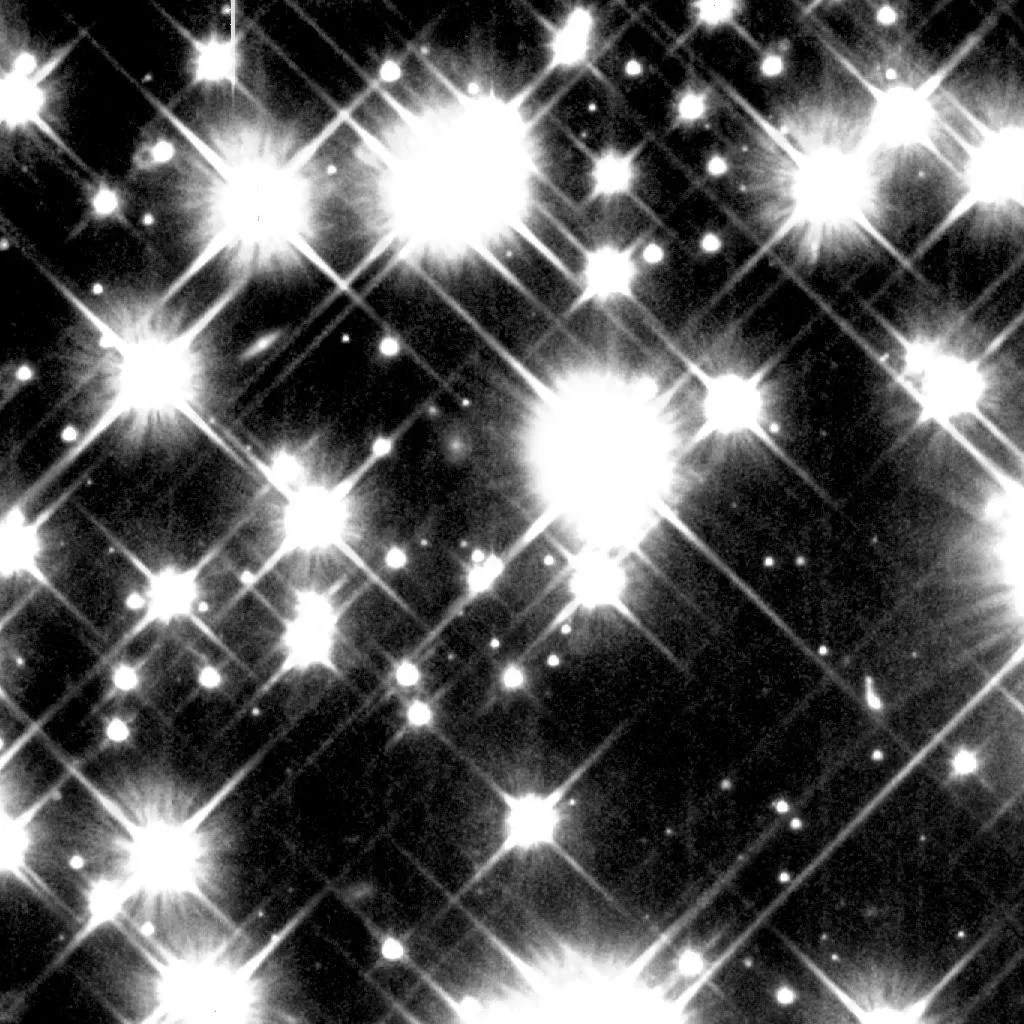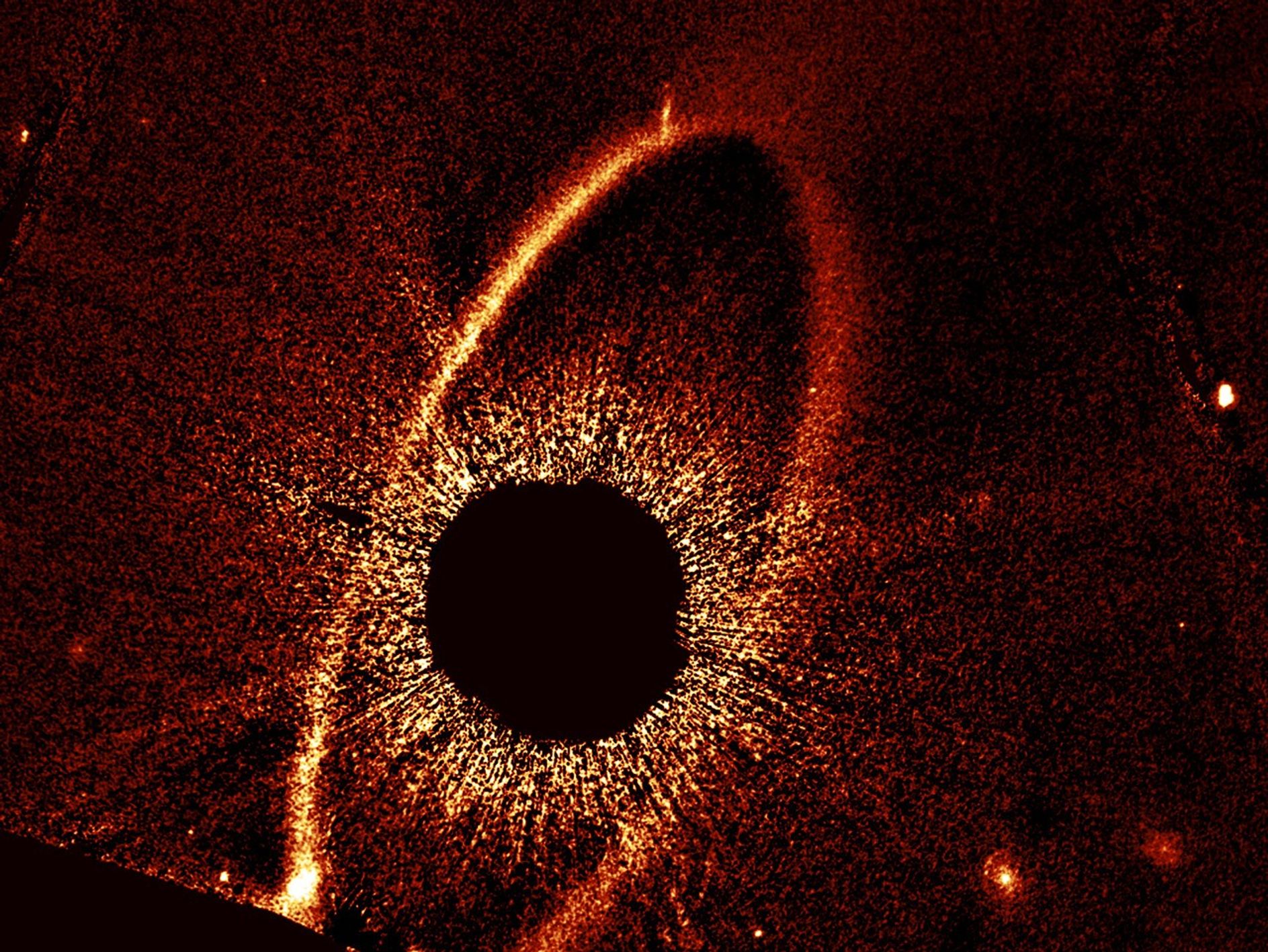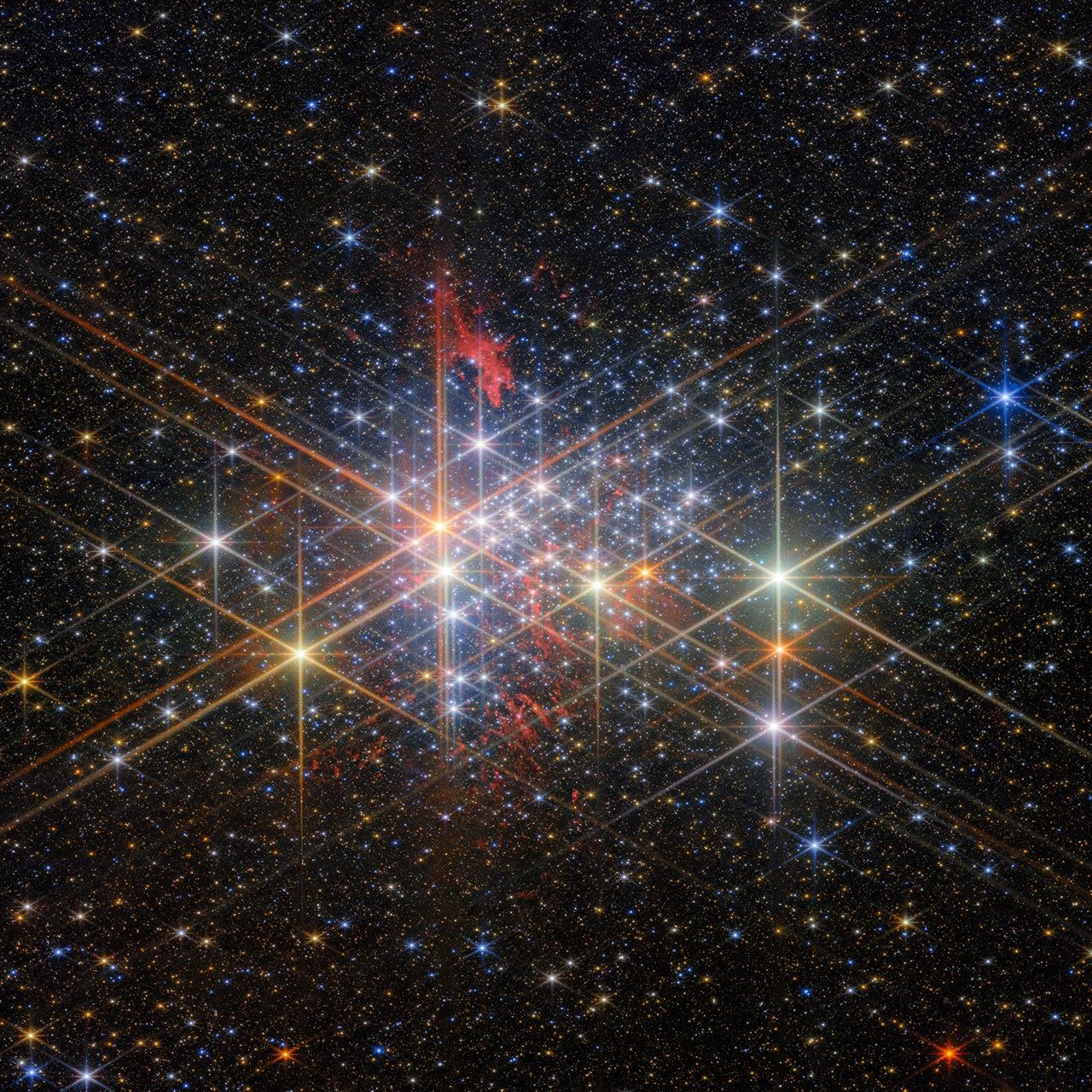Pushing the limits of its powerful vision, NASA's Hubble Space Telescope uncovered the oldest burned-out stars in our Milky Way Galaxy. These extremely old, dim "clockwork stars" provide a completely independent reading on the age of the universe.
The ancient white dwarf stars, as seen by Hubble, are 12-13 billion years old. Because earlier Hubble observations show that the first stars formed less than 1 billion years after the universe's birth in the big bang, finding the oldest stars puts astronomers well within arm's reach of calculating the absolute age of the universe.
Though previous Hubble research sets the age of the universe at 13-14 billion years based on the rate of expansion of space, the universe's birthday is such a fundamental and profound value that astronomers have long sought other age-dating techniques to cross-check their conclusions.
Globular clusters are the first pioneer settlers of the Milky Way. Many coalesced to build the hub of our galaxy and formed billions of years before the appearance of the Milky Way's magnificent pinwheel disk. Today 150 globular clusters survive in the galactic halo. The globular cluster M4 was selected because it is the nearest to Earth, so the intrinsically feeblest white dwarfs are still apparently bright enough to be picked out by Hubble.
Image credit: NASA and H. Richer (University of British Columbia)


































